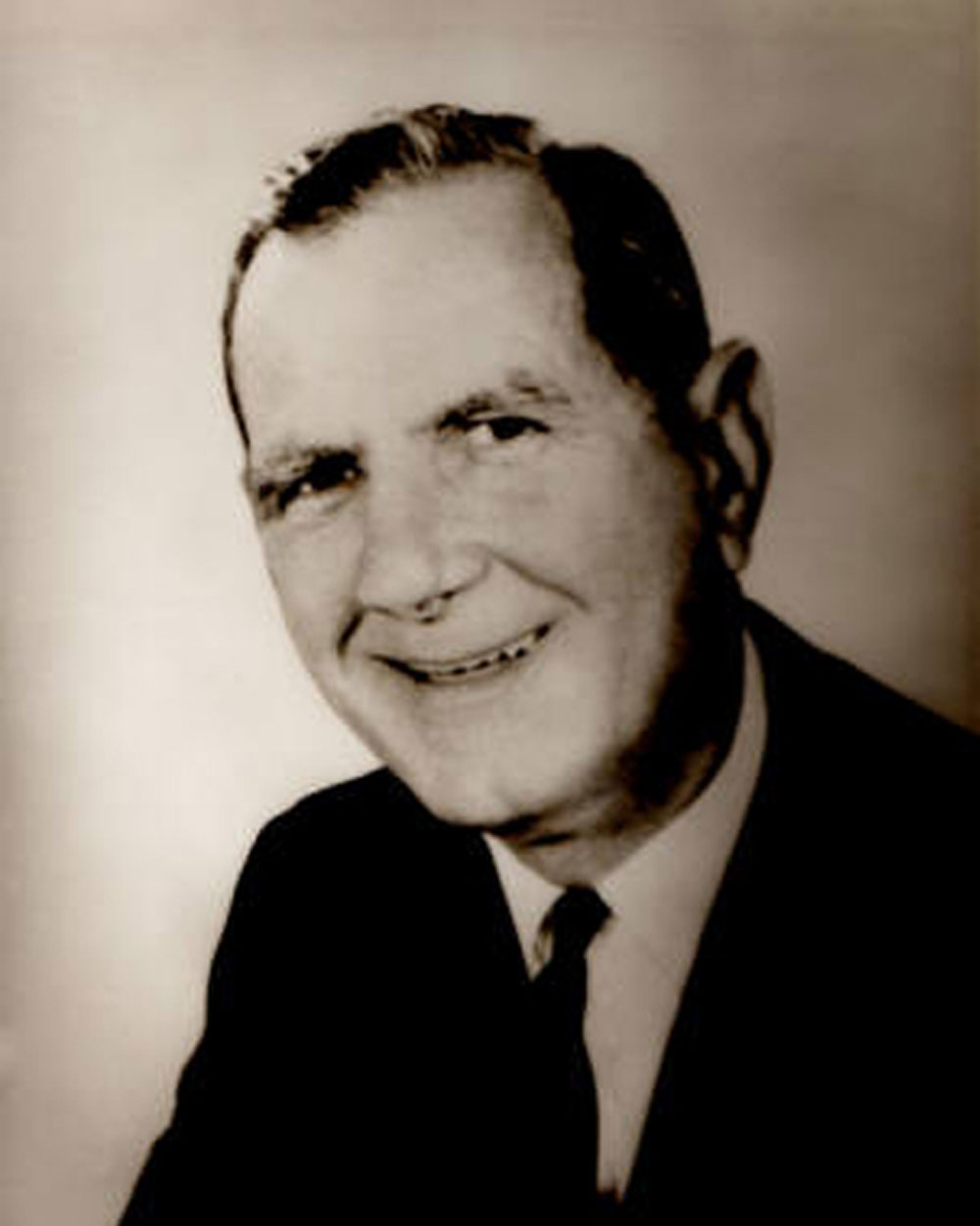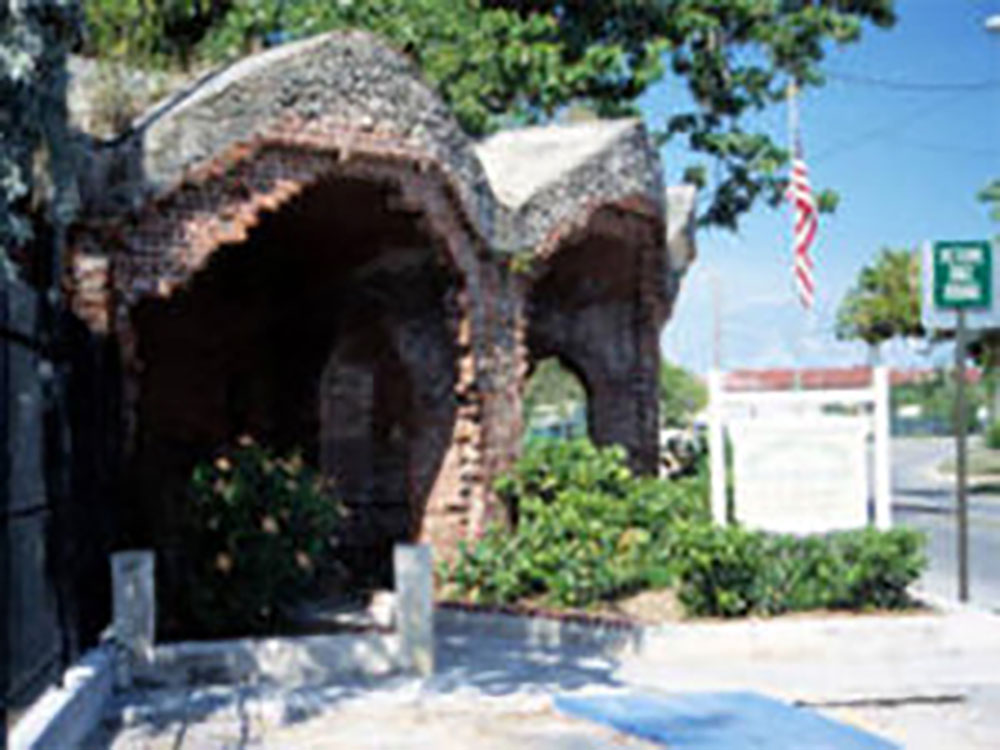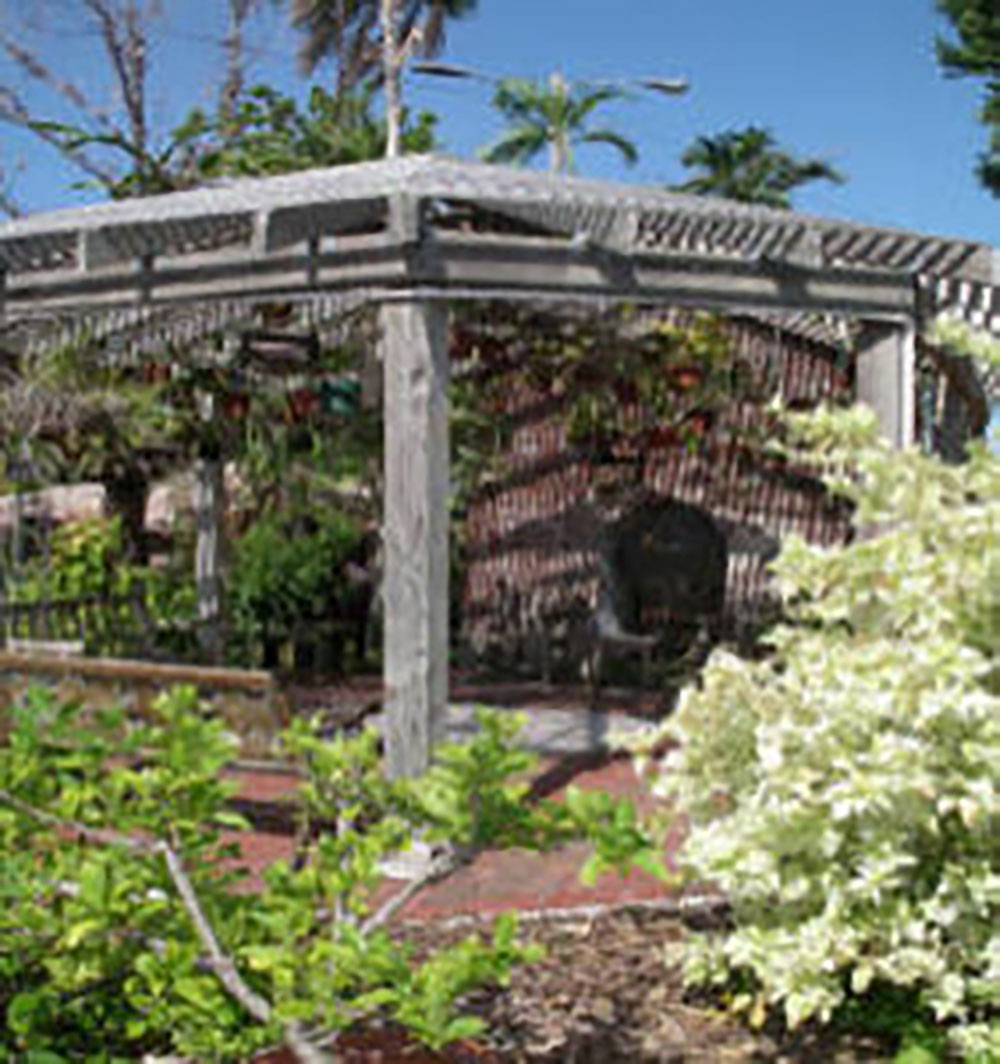Yes! I want to support the West Martello Garden.
There are several ways you can help the West Martello Garden:
*If you are making an offline donation, please download and complete the donation form and send it with your check to the address on the form.
Thank you for your support to help us in our mission
of education, conservation, and
enthusiasm for gardens and history.
Key West Garden Club is a 501(c)(3) Organization. Please be assured that we do not share your personal data.








 The Garden Club was gifted six beautiful African statues to be placed throughout the gardens in November 2020; an exhibition and explanatory display is planned for 2021 in the newly restored Powder Room of the old fort.
The Garden Club was gifted six beautiful African statues to be placed throughout the gardens in November 2020; an exhibition and explanatory display is planned for 2021 in the newly restored Powder Room of the old fort.





